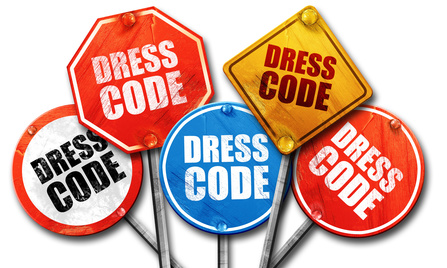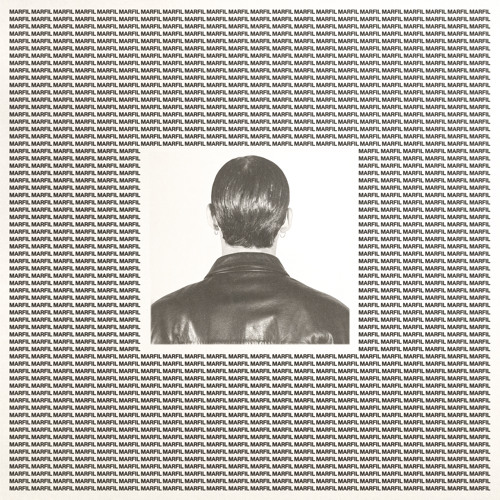What Can’t I Wear Today?
What Does the District Dress Code Tell Us?

dress code, 3D rendering, street signs, 3D rendering, street signs
It is the responsibility of the parent/guardian to see that a student is acceptably dressed for attending school. The student should dress in a manner which abides by community and school standards. Attention should always be given to neatness, cleanliness and safety. Dress should also avoid extremes that bring undue attention to the student, and in doing so, disrupts the educational process.
- Shirts, Blouses, Tops and T-Shirts
- All shirts and blouses must cover midriff, back, sides and all undergarments, including bras, at all times.
- No exposed waist, hips, midriff or chest.
- No halter tops, strapless tops, spaghetti straps, see-through tops, backless tops, tube tops, or low-cut tops.
- Tank top straps must be at least two inches wide.
- Skirts, Dresses and Shorts
- Skirts, dresses and shorts must be at least fingertip length.
- Skirt slits must be mid-thigh or lower.
- Pants
- All trousers, pants, or shorts must be totally cover undergarments, including thong underwear and boxer shorts.
- Pants must be worn on the waist or hips – no sagging allowed.
- Footwear
- Shoes must be worn at all times.
- No Heelys (skate shoes) allowed unless the wheels have been removed.
- No flip-flops or bedroom slippers.
- No cleats in the classroom.
- Prohibited Clothing Items
- No form fitting leotard/spandex type clothing (including sports bras) unless proper clothing covers it.
- No clothing which exposes private body parts.
- No sleepwear.
- No visible undergarments (bras, underwear, boxer shorts).
- No bathing suits.
- No large, long and/or heavy chains.
- No studded accessories.
- No clothing, backpacks, notebooks, patches, buttons, jewelry, or arm bands with letters, pictures, or insignias that contain racial, ethnic, or religious slurs, and profane, vulgar, sexually suggestive, or advertise alcohol, tobacco products, or drugs.
- No clothing suggestive of gang or drug culture.
- Safety is always a concern, and teachers of activity classes where long hair and loose fitting clothing present a possible safety hazard may require that safety measures be taken. This may include wearing hair nets, shop coats, and tying hair back or other appropriate measures necessary to assure student safety. Because of the vigorous physical activities experienced at the elementary school level, sandals, flip-flops, and clogs are inappropriate in kindergarten through sixth grade.
- Athletic coaches or other teachers of classes or activities that represent the school may require more specific dress than those specified in this directive.
- The Governing Board and district staff desire to keep district schools and students free from the threats or harmful influence of any groups or gangs which advocate or engage in drug use, violence, or disruptive behavior. Gangs which initiate, advocate, or promote activities which threaten the safety or well being of persons or property on or about school grounds, or which disrupt the school environment are harmful to and interfere with the educational process.
- Any apparel, jewelry, accessory, notebook, or manner of grooming which, by virtue of its color, arrangement, trademark, or any other attribute, denotes membership in such a group as described above, or any attempt to create territorial control at any district facility is hereby prohibited. The site administrator may prohibit specific clothing which is determined by the school district or school site to be gang-related or inappropriate apparel.
- Any student wearing or carrying overt gang paraphernalia or clothing, or making gestures that symbolize gang membership, shall be referred to the principal/designee. The student’s parent/guardian shall be contacted, and the student sent home to change clothes if necessary.
The enforcement of the district dress standards is the responsibility of classroom teachers and school administrators. Each parent and student shall be made aware of the school dress code through distribution of appropriate written material. It is expected that few problems will arise if students and parents are aware of the rules. Regular office referral procedures will be used in enforcing these rules.









